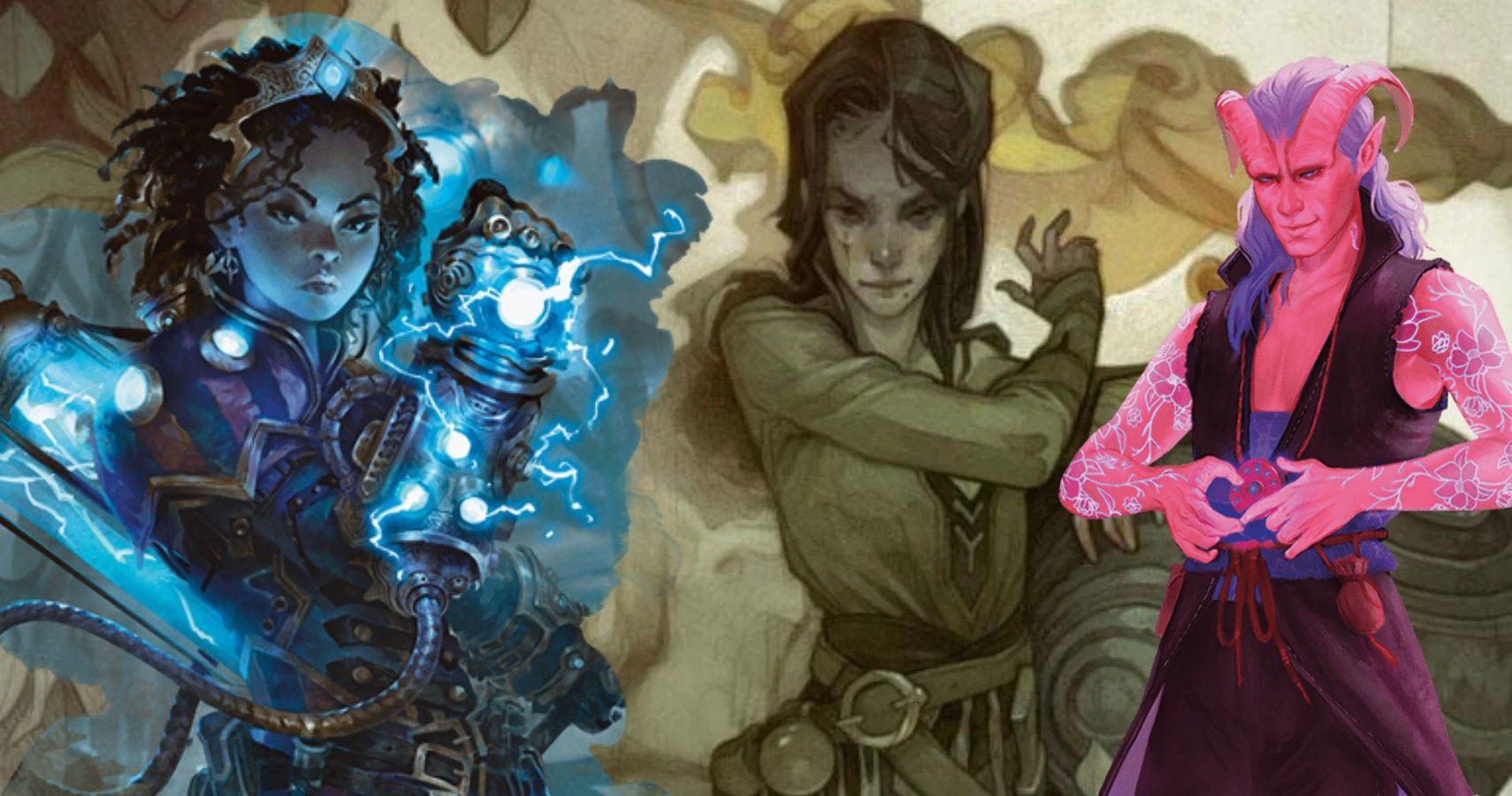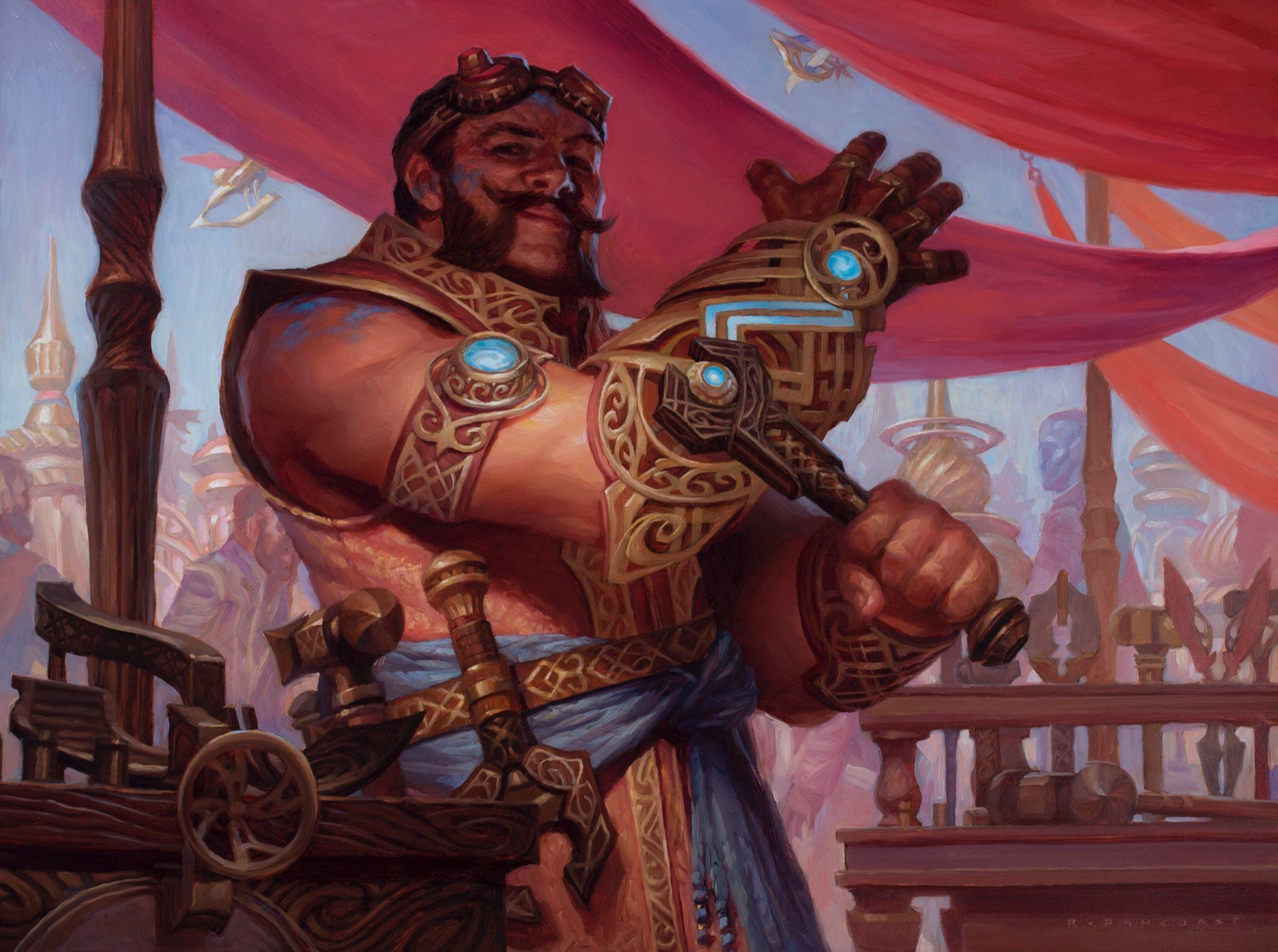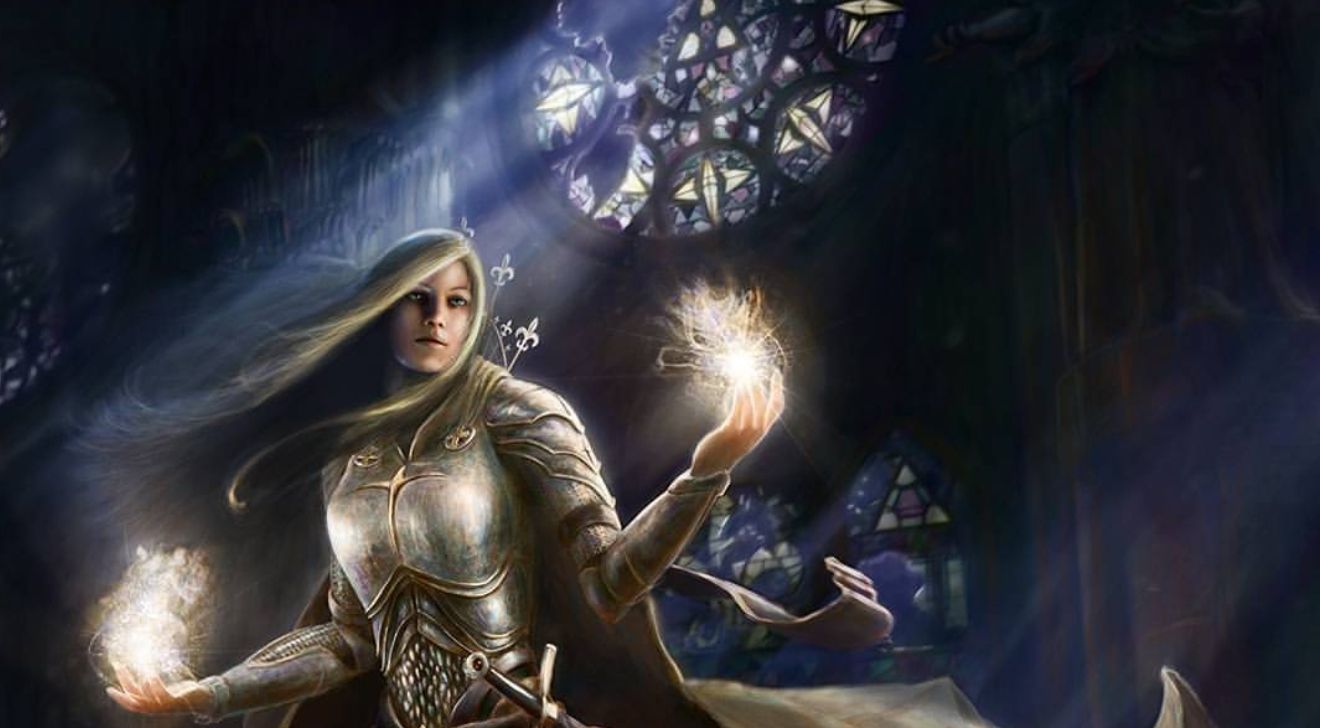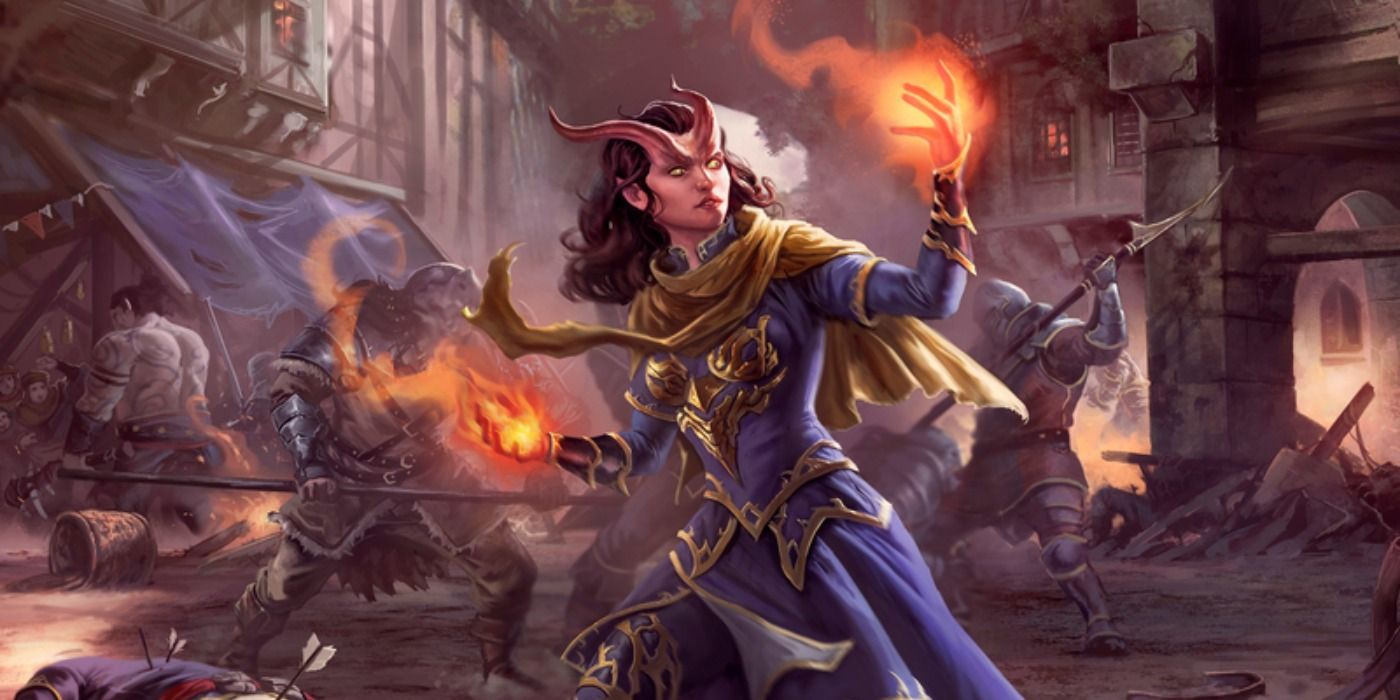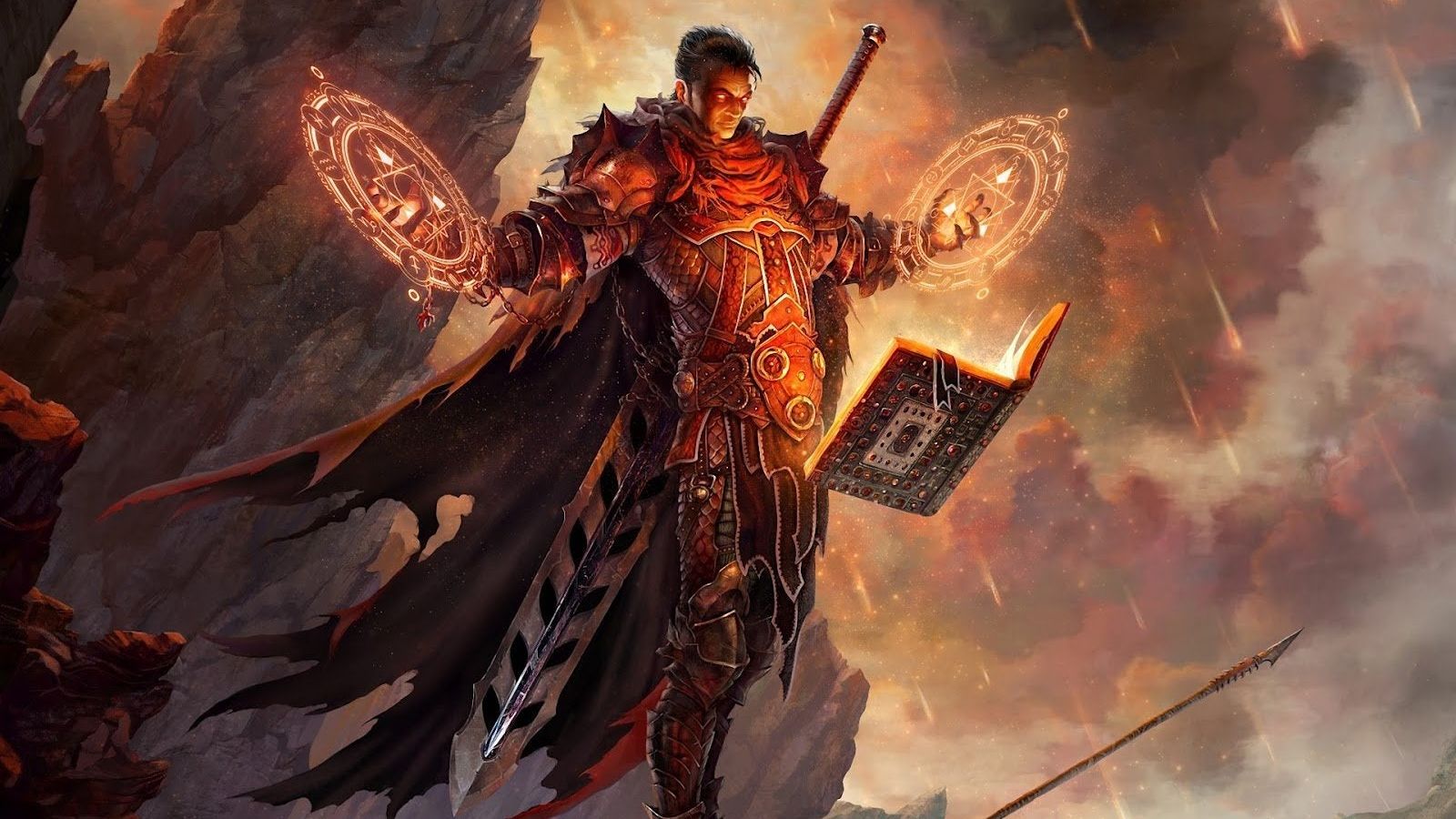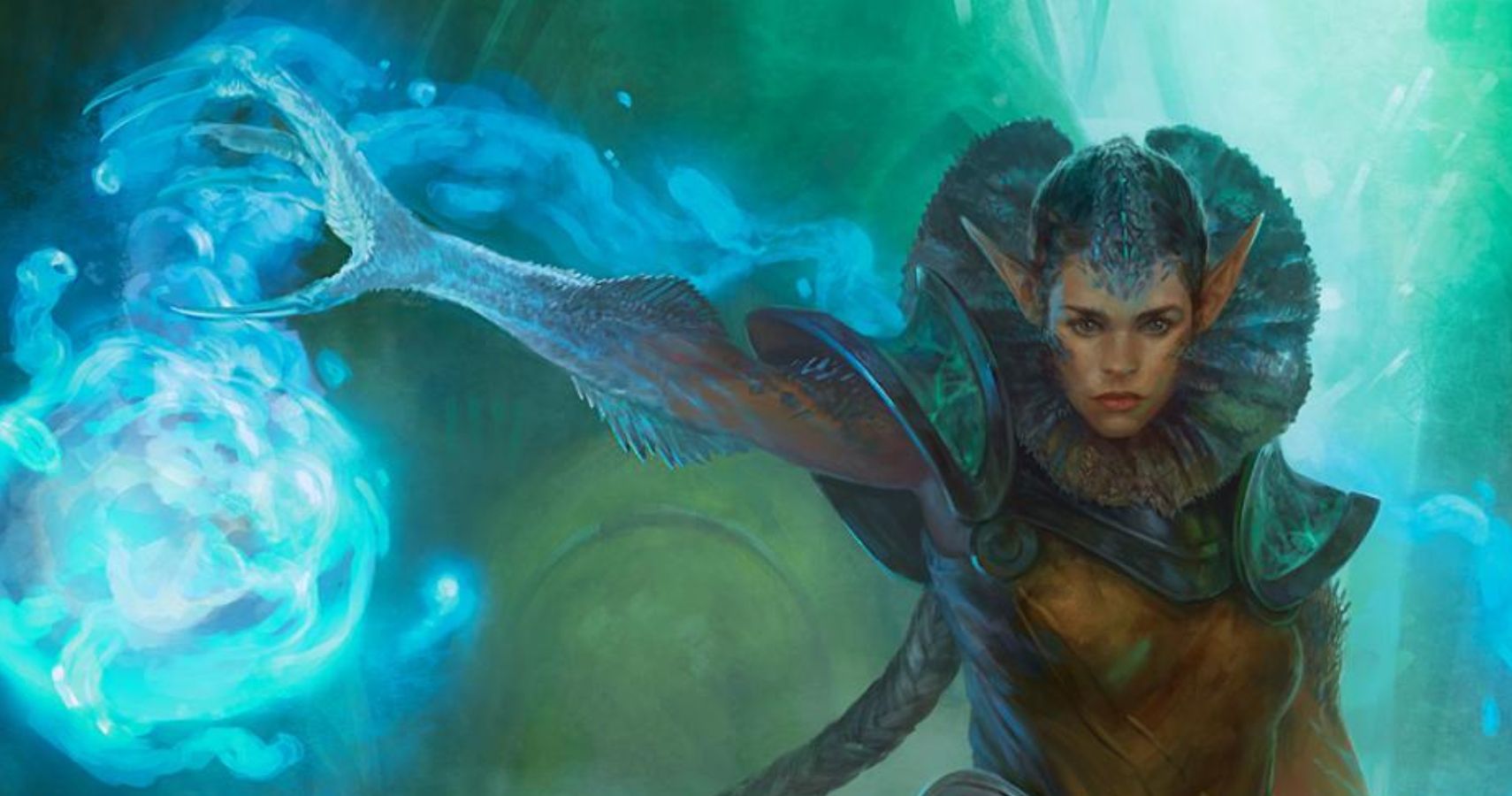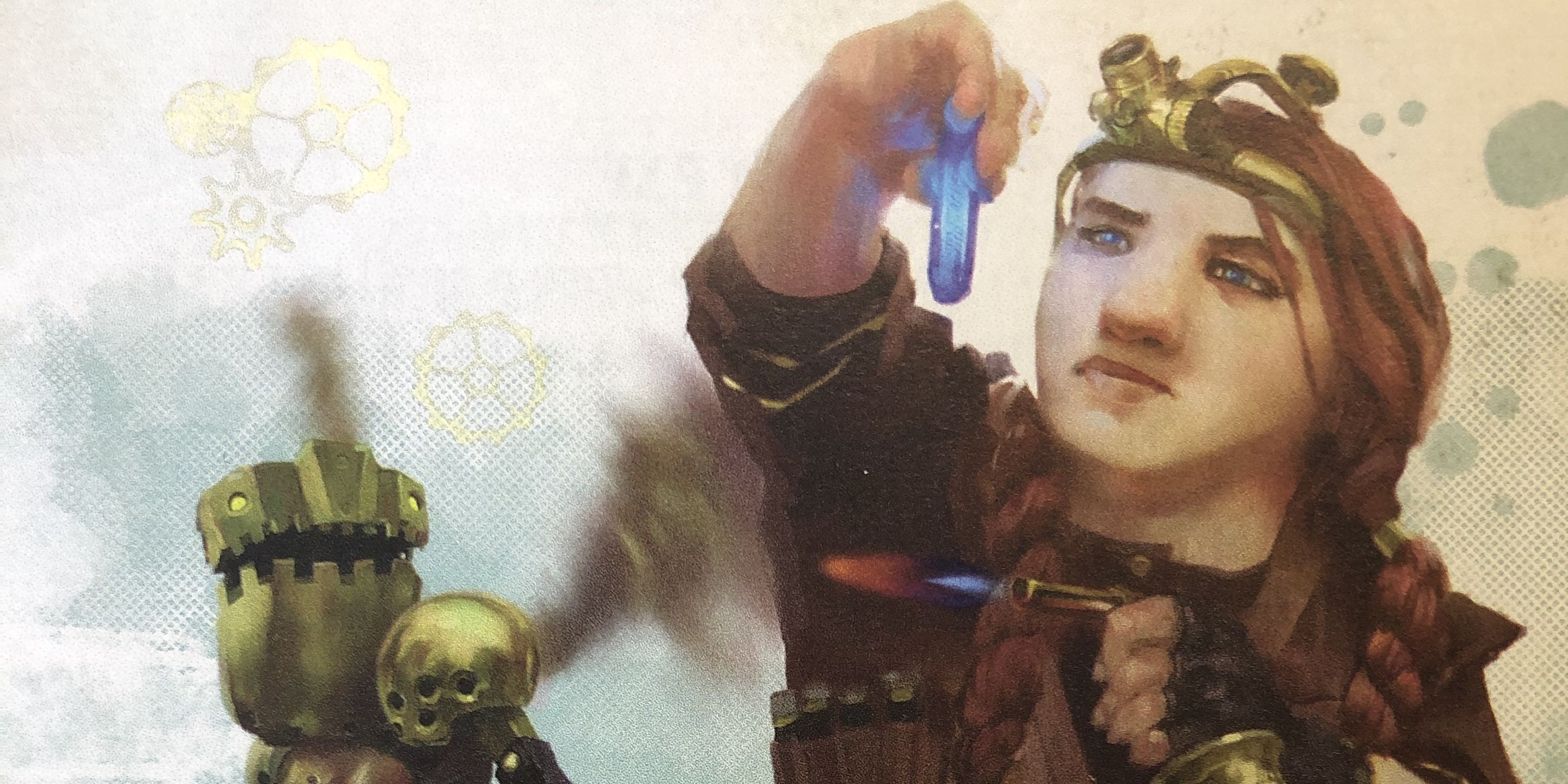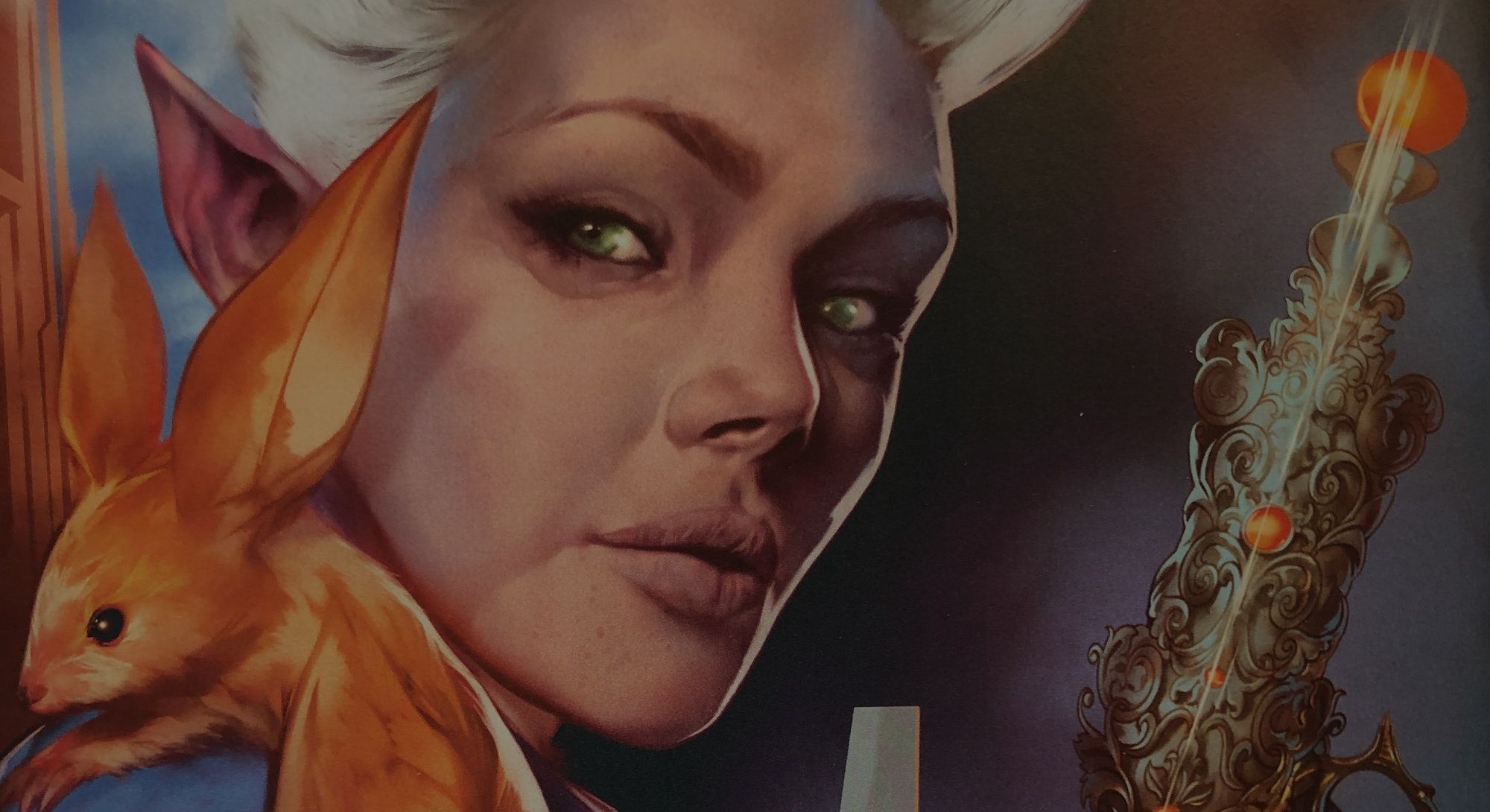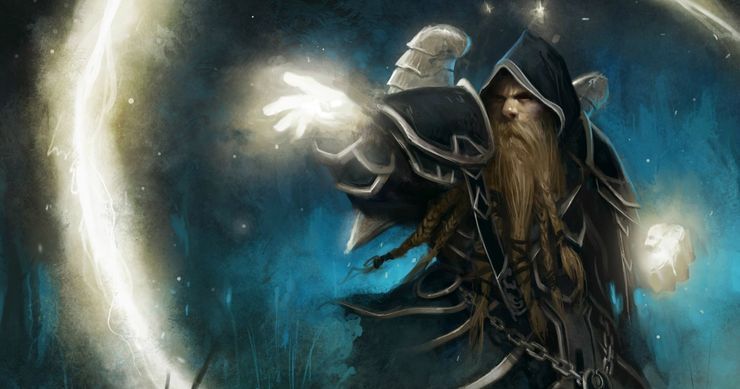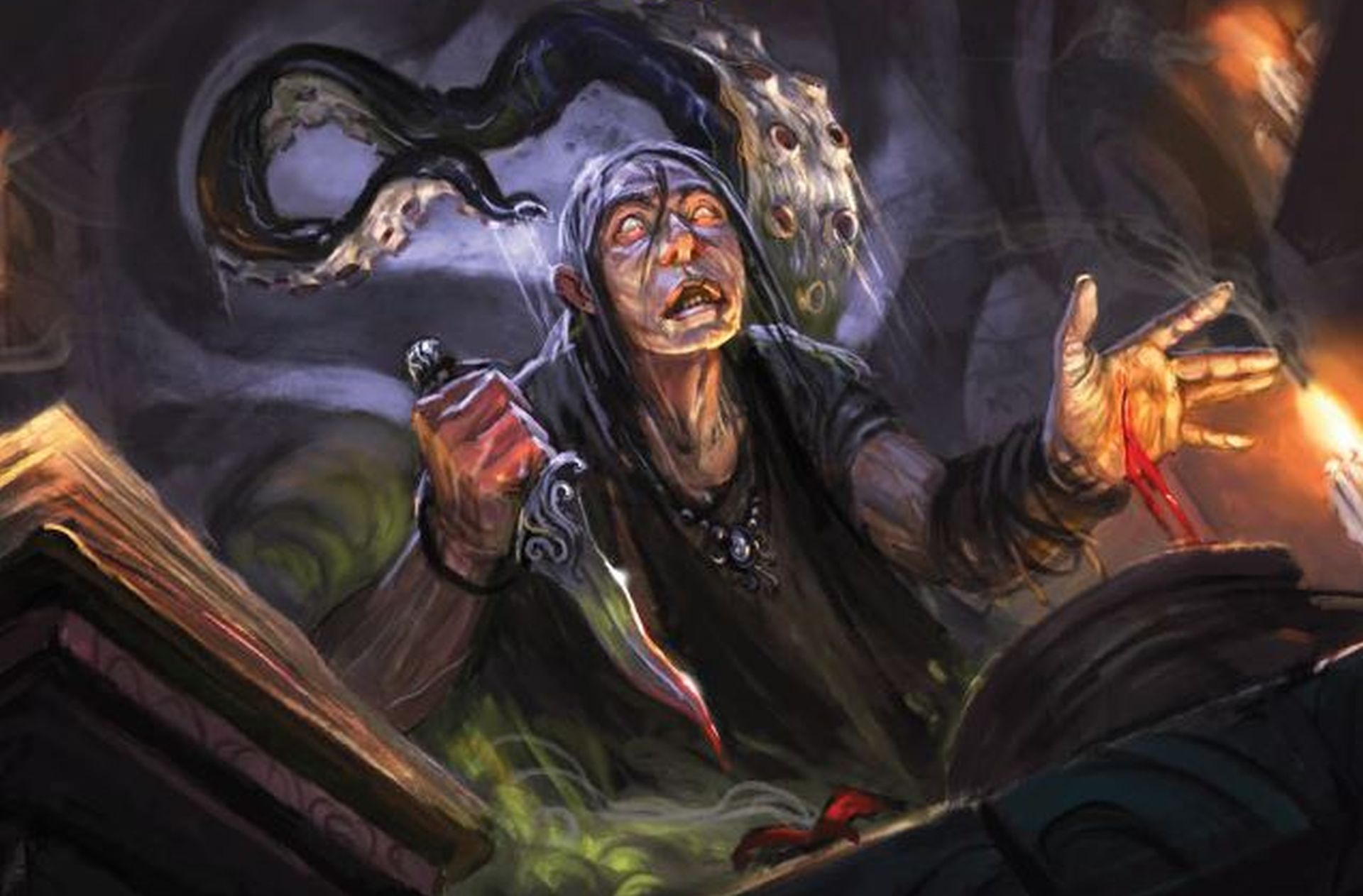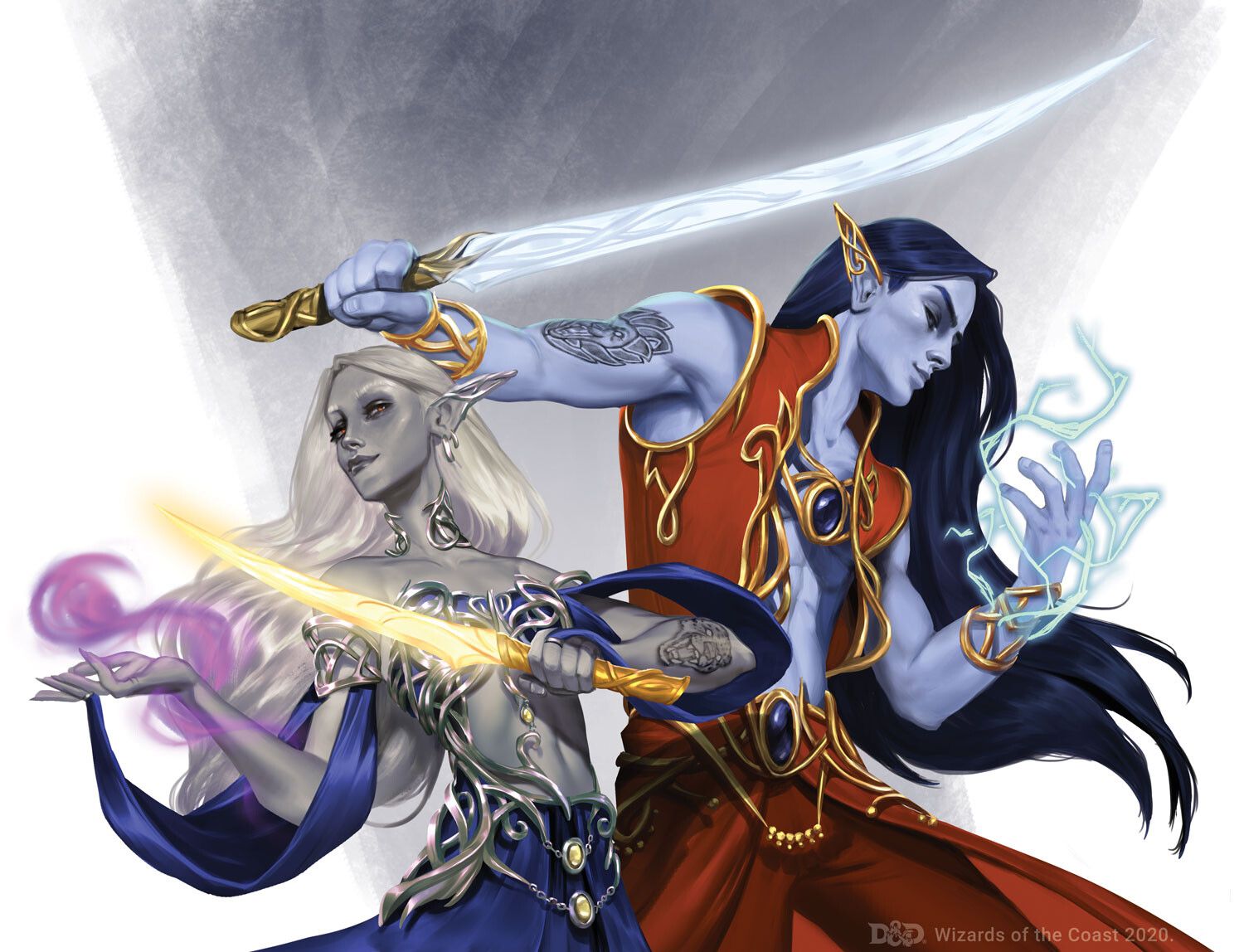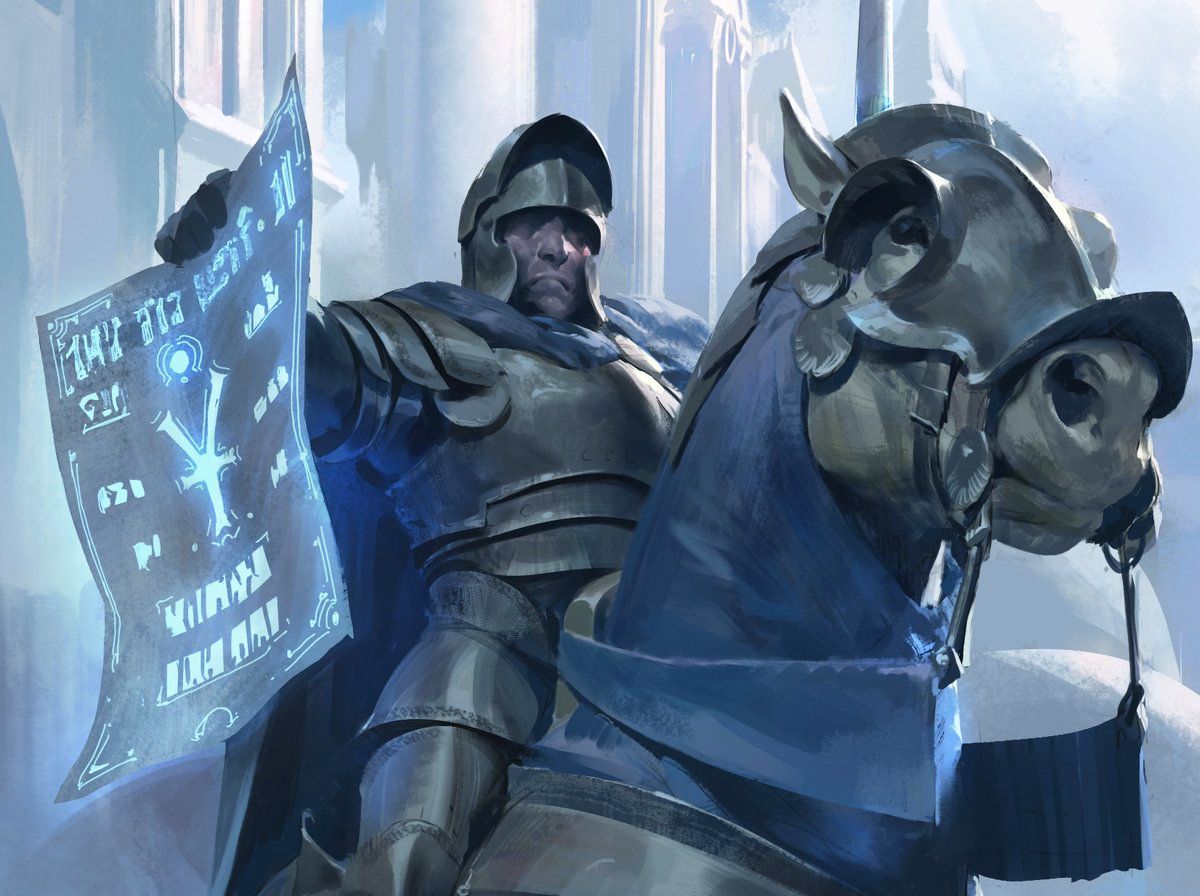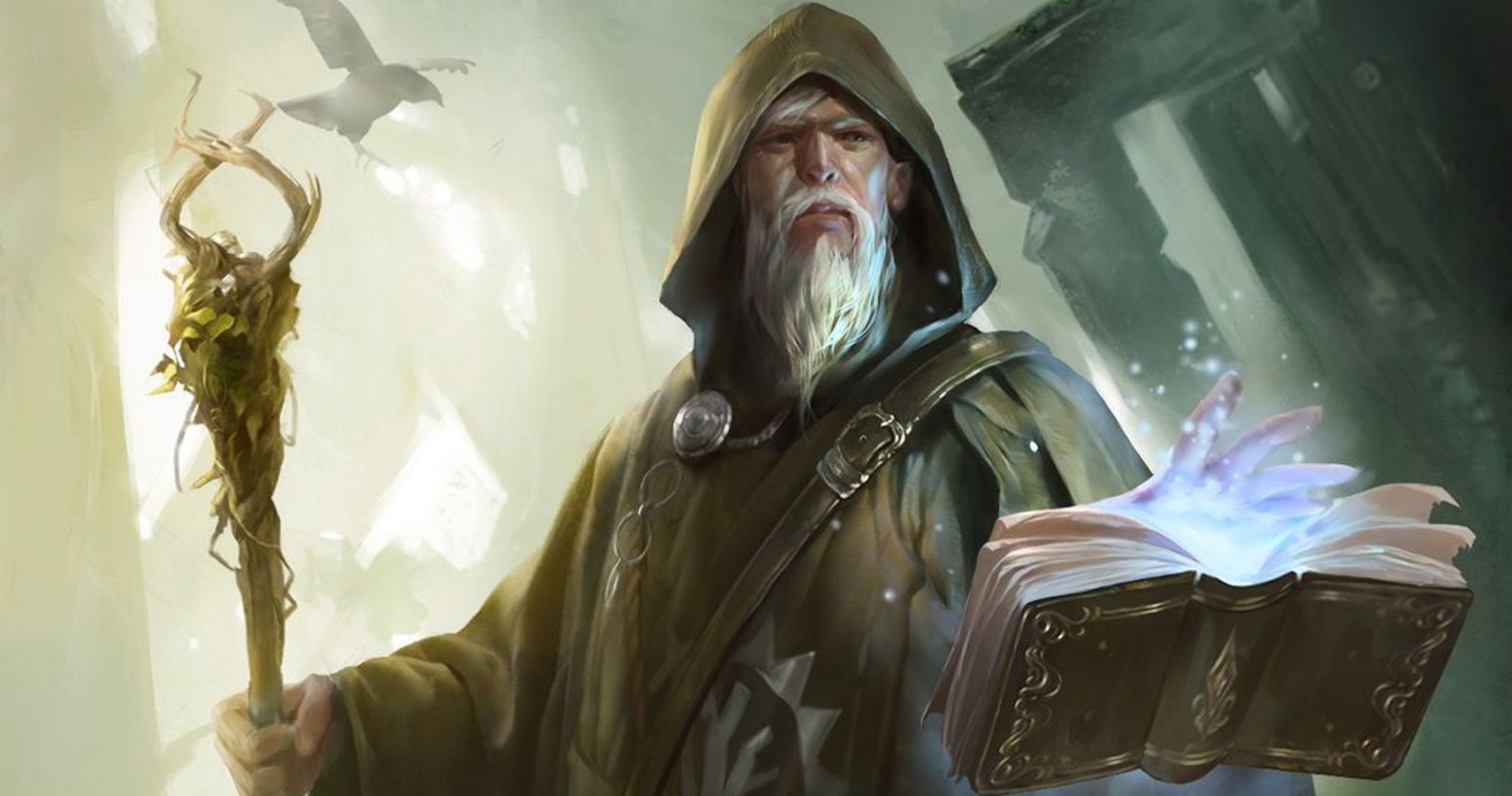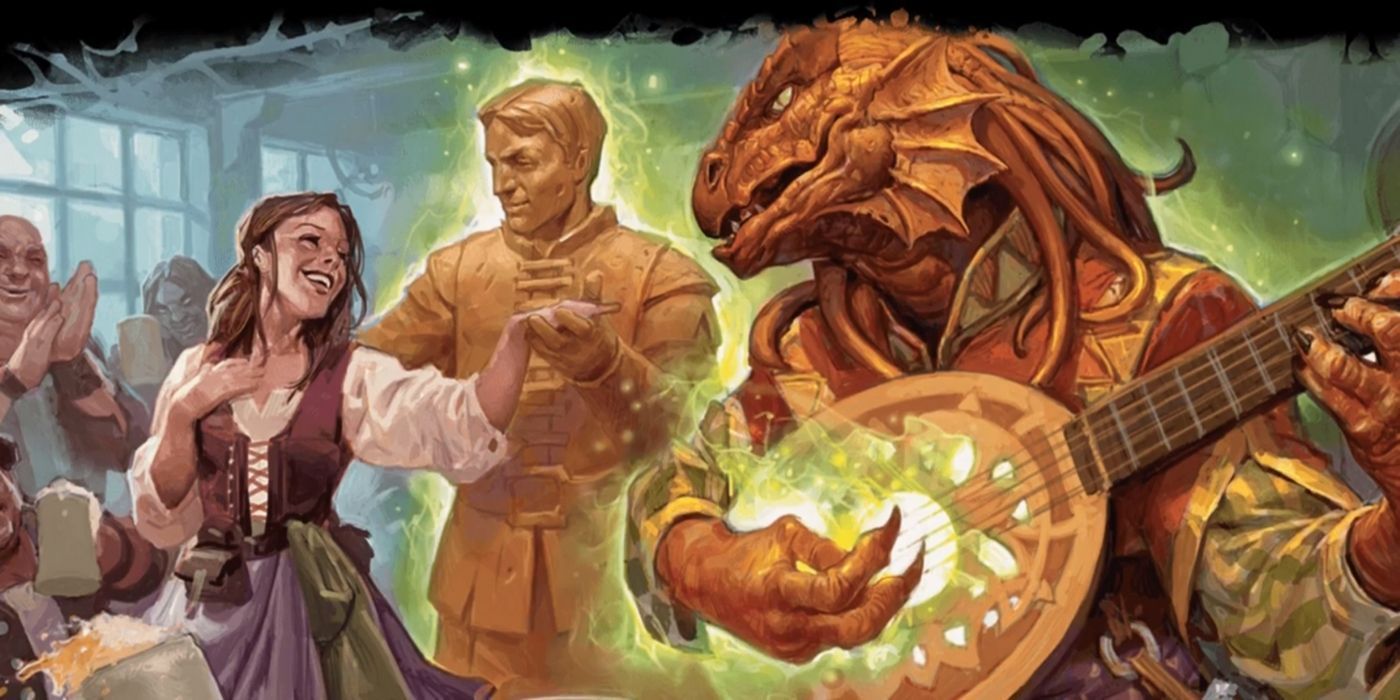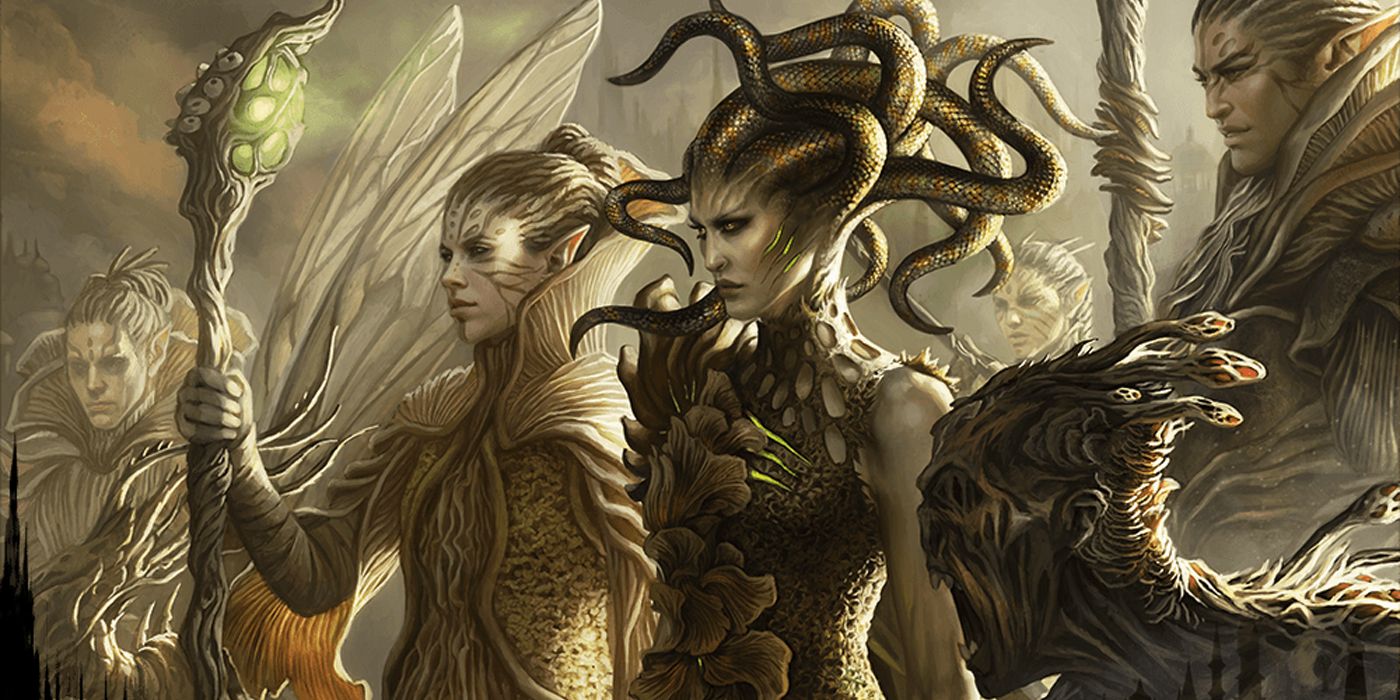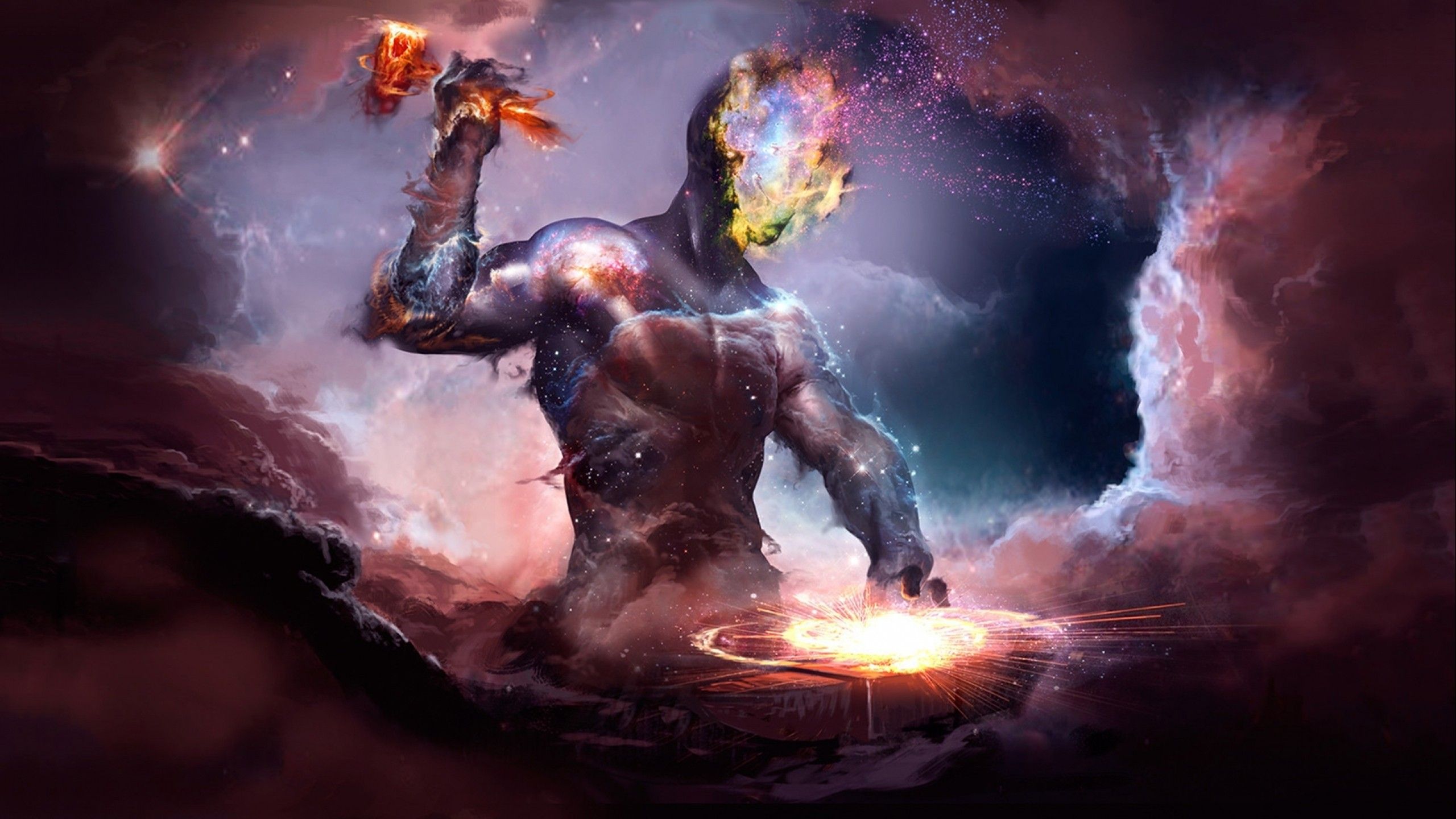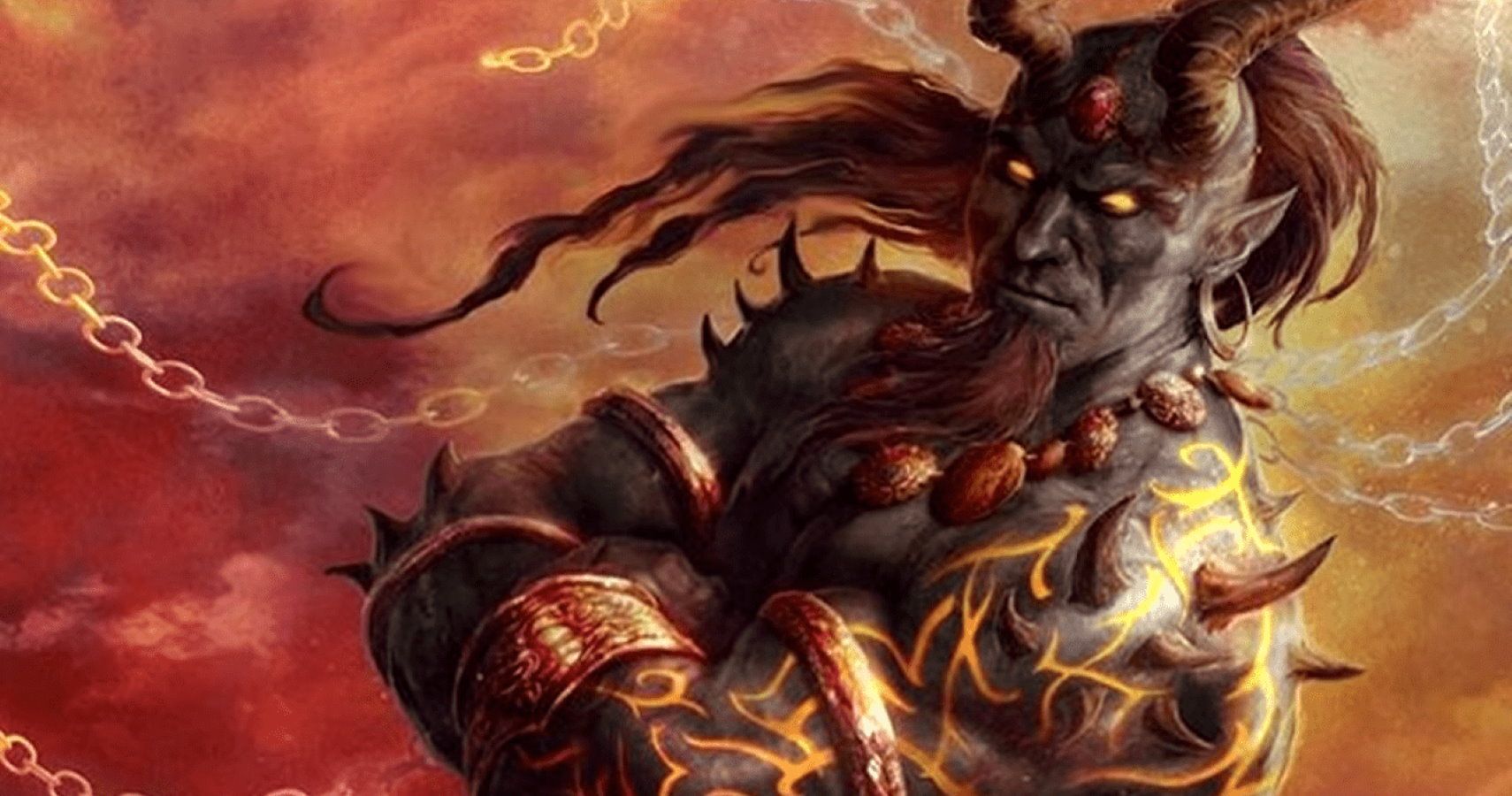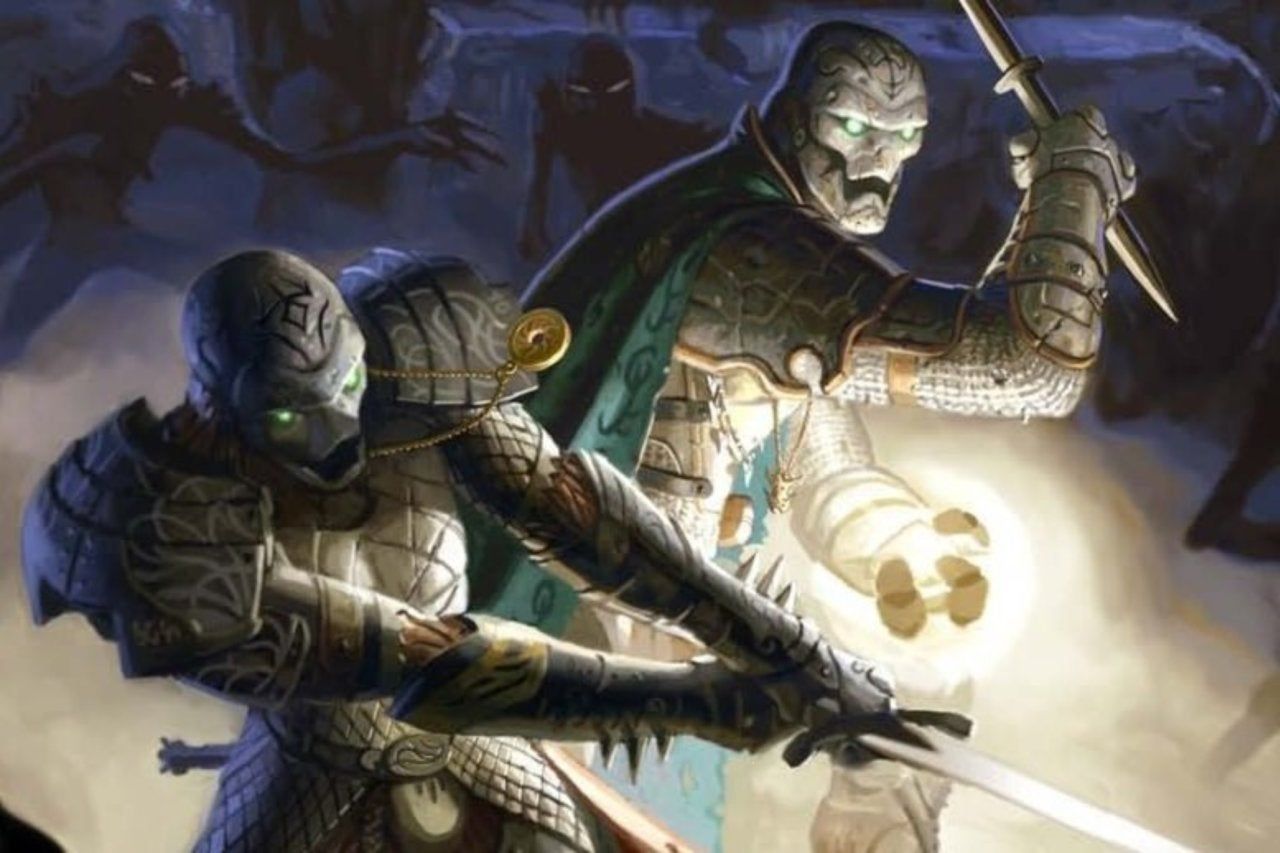Tasha's Cauldron of Everything introduced, among other things, a huge selection of new subclasses. It features 18 spellcaster subclasses, some reprinted from various other books and some revised from Unearthed Arcana. Here's the definitive ranking.
18. Battle Smith
This artificer subclass was not bad when it was released in Eberron: Rising from the Last War. It isn’t bad now either, but the idea of a heavily-armored frontline artificer is less novel and the Battle Smith pales in comparison to the much cooler Armorer. The one advantage that this subclass has over the Armorer is the robot pal that comes with it. If you want a mechanical friend, go for it. Otherwise, the Armorer is just generally better.
17. Peace Domain
Conceptually, this cleric domain is great. Mechanically, it’s lacking. The idea of pacifist (or pacifist-adjacent) subclasses is not a new one, since Xanathar's Guide to Everything features the Oath of Redemption paladin. The Peace Domain doesn’t mechanically support the concept as well as the paladin, though. Most of its abilities are based on establishing a bond between two allies, which is interesting in theory, but in practice mostly consists of dropping it on party members at the beginning of a battle and forgetting about it.
16. Circle of Wildfire
This druid subclass has a fairly simple theme—fire druid. Unfortunately, an entirely fire-based subclass runs into the problem of fire resistance; it is the most common type of resistance, so you’ll want to take the Elemental Adept feat for your spells. Most of this subclass’s abilities are based around a new use for Wild Shape that summons a wildfire spirit that is bonded to you. The wildfire spirit isn’t a bad summon, but it thematically changes Wild Shape from a transformation ability to a minion-mancer one. The wildfire spirit doesn’t gain any benefit from Elemental Adept either, so it runs into the resistance problem too.
15. Clockwork Soul
Both sorcerer subclasses are pretty powerful due to their spell lists alone. Normally, sorcerers have a limited spell list and limited number of known spells. The Clockwork Soul offers 10 more known spells for free as you level up. Even better, these spells can be retrained into any abjuration or transmutation spell from the sorcerer, warlock, or wizard spell lists. This is a huge bonus, especially for sorcerers.
Other than that, this subclass suffers from not being very interesting. The Wild Magic sorcerer is interesting because it embodies chaos, which it defines as “weird stuff happening.” The Clockwork Soul seems to define order as “weird stuff not happening.” It does have a very interesting ability at 18th level, but it’s too situational to save the subclass.
14. The Fathomless
This warlock patron has a lot of abilities that depend on you being in or near water, so if you’re in a nautical campaign, feel free to bump this class up to the top three. Otherwise, it’s just too reliant on being near the water. The ability to create a tentacle that can deal damage and decrease enemy attacks is a solid central mechanic, and resistance to cold damage is good. Pick it up when you play Ghosts of Saltmarsh or another nautical adventure; otherwise, you’ll just be wishing you could use your abilities.
13. Alchemist
This artificer subclass is solid, if not flashy, and delivers exactly what it promises. If you want to do alchemy, the Alchemist is a good choice. You get a mystery potion, bonuses to healing and some flavorful damage types, and nice resistances. At high levels, you can cast some healing and restoration spells for free, which is less interesting than original abilities, but function well in the subclass and round it out as a decent support.
12. Artillerist
This artificer subclass is very flashy, but that is to be expected from a subclass whose sole focus is basically “magic guns.” Despite being focused around the ability to make cannons, the subclass has some good defensive capabilities for an entire party. The cannons get better as you level up, too, with more damage and more guns. The concept is a fun one as well. Who doesn’t enjoy the novelty of using a bunch of magic guns to blast enemies?
11. Twilight Domain
A good number of this cleric subclass’s abilities relate to, or at least interact with, the domain’s Channel Divinity ability. This means that before 18th level, you’re going to be able to use it at most a couple times per short rest. On the other hand, the Twilight Sanctuary Channel Divinity is very good, giving temporary hit points or ending charmed/frightened to every ally every round. With a radius of 30 feet, it will take up most of the space of many battlefields, and with a duration of one minute it will last longer than many fights. The ability to fly in dim light (which your Channel Divinity creates) or darkness is amazing, and super-darkvision is good as well. Overall, it does as well as a subclass based around dim light can do.
10. Aberrant Mind
This sorcerer subclass was envisioned as a psionic subclass, but ended up being more of a sorcerer version of the Great Old One warlock. However, as a cosmic-horror-esque sorcerer, it’s pretty good. It has the same type of subclass-specific spellcasting as the Clockwork Soul sorcerer, which is, again, amazingly beneficial to a sorcerer’s limited spell list. It also lets you cast these extra spells using sorcery points at a good rate. The later abilities give a wide variety of useful and flavorful mind-and-tentacle-based powers that are good at every level.
9. Bladesinging
Bladesingers are wizards that can swing a sword, but in a more wizard-y way than Eldritch Knights or Arcane Tricksters. They get abilities that let them survive in battle and use weapons, while still retaining the extensive wizard spell list. However, you still have the regular wizard health pool, so when you do take hits you go down fast. Still, it’s a good subclass for a wizard-fighter that wants to be more wizard than fighter.
8. Order Domain
It’s hard to design for as nebulous a concept as order, but this cleric subclass does all right. Ironically, the subclass mechanically supports pacifist characters almost more than the Peace Domain, with buff and enchantment spells and a Channel Divinity that can mass-disarm enemies. Don’t be fooled, though, this subclass can do a lot of damage as well. Or, rather, it can enable your allies to deal a lot of damage, especially burst damage. If your party includes a rogue or paladin, this class shines. Overall it’s a very interesting frontline support with some unique features.
7. Order of Scribes
This wizard subclass is great for those who truly want to take advantage of the wizard’s broad spell list. It gives a lot of abilities that get better the more spells you know. The good thing about this is that it highlights one of the class’s key features while retaining a strong class identity. The bad news is that it relies heavily on your DM putting spellbooks and scrolls in your path so you can learn more spells. You’ll also be spending most of your gold on copying spells, but anyone playing a wizard should anticipate this anyway.
6. College of Creation
This bard subclass is an interesting subclass that scales with how creative the person playing it is. The bonuses it gives to Bardic Inspiration is decent, if uninteresting. However, Performance of Creation gives you the ability to make mundane items out of thin air, which is where the subclass shines. The ability scales as you level up, which means by 14th level you can create a Huge object with no limit. At this point, you are limited only by what you can think up. The 6th-level ability lets you animate a decently useful minion, but even this has other uses—for instance, animating a flying cart to carry your party. Overall, this subclass gets a high ranking based on the pure number of options a clever player can unlock.
5. Circle of Spores
This druid subclass is one of the most flavorful subclasses in the book, partly because it originally leaned on the unique nature/undead combination of Ravnica’s Golgari. It allows druids to act as a frontline fighter, punishing anyone who gets close to you. The use of Wild Shape to bolster your health (through spores, don’t question it) helps you survive some hits as well. The one ability that underserves the subclass is the ability to make a spore zombie from a beast or humanoid that dies near you. Zombies just aren’t that good, and the ability doesn’t differentiate itself well enough from just casting the animate dead spell, which you have anyway.
4. College of Eloquence
This bard subclass is great subclass in the same way that the Player’s Handbook’s College of Lore is. It emphasizes the mechanics that the class does well while still having a solid subclass identity. While College of Lore focuses on the bard’s broad spell list, College of Eloquence bolster’s Bardic Inspiration. The ability to use Bardic Inspiration to subtract from an enemy’s saving throw would be amazing on its own, given how many “save-or-suck” spells exist in D&D, but the subclass also helps Bardic Inspiration dice go farther, stretching your valuable resource so you don’t use it up. Other abilities help you serve your role as the party’s face, possibly the best in the game.
3. Circle of Stars
This druid circle is possibly the most powerful subclass in the book. Not game-breakingly so, since druids aren’t that powerful to begin with, but still a great subclass. It’s mechanically complex in a way that relies on strategic decision-making without being obtuse or hard to understand. It also gives a new, interesting use for Wild Shape while still retaining the transformation aspect of the ability. Additionally, some of the abilities are just good for anyone. Free guiding bolts? Free guidance? Just bonuses on top of an already good subclass.
2. The Genie
If you like playing a warlock because it offers a lot of customization options, this subclass is for you. The Genie patron is technically four different patrons; you can choose from dao, djinni, efreeti, or marid. Each one gets different spells, resistances, and damage bonuses. The abilities are incredibly flavorful, and many of them provide utility beyond simple number increases. Limited Wish lets you cast any spell of 6th level or lower without component costs, so you can cast expensive spells like contingency or revivify for free. Plus, having an actual wish spell that you can use for your Mystic Arcanum is even better.
1. Armorer
The final version of this UA artificer subclass actually removes a few interesting features, but none that affect the playstyle in any major way. The subclass still features a set of power armor that basically amounts to a fantasy Iron Man suit. It gains abilities that make it seem fresh at each level while still remaining consistent within the subclass and the artificer class as a whole. It is well-designed, interesting, and really, really cool.

